Drawing up an engagement letter with an executive assistant or freelance office manager is undoubtedly one of the most crucial stages in your future collaboration. It will help to build trust and get your relationship off to a good start. Writing up an letter of engagement is an essential strategic step. It provides a framework for your collaboration, clarifying expectations and guaranteeing fruitful cooperation.
What is an engagement letter?
An engagement letter is an essential document when it comes to establishing a solid, trusting relationship with a service provider, in general, and your future office manager, in particular, over the long term. It formally defines the terms and conditions of a professional collaboration between two parties. An engagement letter clearly states :
- objectives and missions,
- responsibilities,
- mutual expectations,
- financial conditions.

In essence, it serves as a detailed contract, establishing a precise framework for future collaboration. It is a strategic tool for clarifying expectations, avoiding misunderstandings and creating a mutual commitment. In the context of working with an assistant or independent office manager, the writing of an engagement letter takes on particular importance, as this is a long-term relationship with time constraints and major responsibilities for both parties.
Who drafts the engagement letter?
An engagement letter generally involves two crucial stakeholders: the sender and the recipient. The sender, often the client company (you), is the one who initiates the collaboration and drafts the document. It is the sender who outlines his or her needs, expectations and the conditions of the collaboration. The recipient, on the other hand, is the independent professional, such as an executive assistant or office manager in Lyon. He accepts the terms of the engagement letter and undertakes to respect the conditions defined.
The writing of the engagement letter acts as a pillar of communication and commitment throughout the collaboration. It’s important that both parties are involved in the drafting process and in determining the ins and outs of the contract.
Of course, it’s not written in stone that you’ll be the person to draft this document. I usually take care of drafting the engagement letter. Usually, my client is not confident about the subject, doesn’t have the time or doesn’t know how to go about it. He prefers to leave the work to me, and proofread it carefully before approving it.
Writing the body of the engagement letter
I offer you the construction of the letters I usually create. The parts are, of course, adaptable to your specific needs and expectations. You are free to remove or add any element you feel is relevant or important.
1. The customer company
To start with, I think it’s important to recall the parts implicated in the engagement letter. In my case, as the writer of the letter, I like to start by specifying the client’s core business. But no matter what, this part should allow you to express relevant information about your company or the office manager who will be joining you.
2. Purpose of the mission
When writing an engagement letter, it’s mainly to define the framework of the missions that will be carried out by the service provider who will be working for our company. This is the core part of your engagement letter (and the only part that seems indispensable).
2.1 Quality of work and the person in charge
In the first sub-section, you can start by describing the quality of the work you expect, and the expectations you have of the work you’ve done (e.g. renderings).
“You undertake to carry out the tasks and assignments entrusted to you in a high-quality manner, in compliance with our company’s rules and conditions of implementation.”
2.2 Assignments
I’m a big fan of tables in this case so it’s quick and easy to read. List here all the assignments you’d like your future freelance executive assistant to take on. You can find examples of assignments on my page: My assignments.
Don’t forget that it’s also a good idea to specify assignments and areas that are not part of what you’ll be asking your future freelancer to do. On the one hand, this can protect you in the event of a dispute, but it can also protect your relationship. Don’t expect your office manager to replace your lawyer or accountant, for example.
2.3 Mission execution and progress
In the case of a freelancer, it’s easy enough to define the person in charge, but if you’re working with someone within a SAS or SARL, for example, you need to specify who is in charge of your file. It is also essential to define relationships with people outside the contract: suppliers, customers, other service providers, etc.
“The mission will be carried out by Mrs/Mr … .
In the course of some of my tasks, it may be useful and necessary to call on external contributors. Should this be the case, Mrs/Mr … must inform us immediately, and will only begin discussions once our written agreement has been obtained.”
3. Fees and payment terms
The engagement letter between you and your future executive assistant clearly sets out the fees and payment terms to ensure mutual understanding. This is probably the most obvious part of the contract – but not the simplest. Fees are generally defined according to the nature of the assignment. If it’s a long-term assignment, fees are often based on a daily or hourly rate. For a short-term assignment, you’ll often opt for a fixed fee. Don’t forget to check the overrun conditions (depending on the number of hours worked).
Payment terms, meanwhile, specify the agreed payment schedule and method, whether monthly, quarterly or other arrangements. This transparency builds trust and ensures smooth collaboration by clearly defining financial expectations for the services provided.
4. Term of engagement and termination of a letter of engagement
As with any contract, a start date and the duration of the assignment are the foundations of the engagement letter. I indicate a fairly simple paragraph including :
- the start date of the assignment,
- the duration. If it’s a regular assignment, I indicate: “As a regular service, the terms and conditions of this engagement letter are fixed for an indefinite period.”
In the case of a regular assignment, probably more than for a one-off, it’s very important to specify the terms of termination. You can indicate the length of notice and the financial conditions, as well as the compensation expected, depending on the type of termination.
5. Applicable law
If this information is not included in the GTCS or GSTS, or if you have agreed another condition with your assistant, remember to add the applicable rights. Information on amicable dispute resolution or the court in charge.
6. Bonus (French Freelancer)
There’s one point to bear in mind when contracting with a freelancer: make sure you ask them and state in your engagement letter that they may not have a single client during the term of your contract. The first risk incurred by a single client is that the contract will be requalified as a disguised salaried position.
When does the engagement letter need to be signed?
Once it has been drafted, the signing of the engagement letter is of strategic importance in the collaboration process. Ideally, this should take place before the actual start of the collaboration between sender and recipient, i.e. before the start of professional activities.
The signature establishes a formal framework from the outset. It clarifies expectations and avoids ambiguities right from the start. The signature can take place during preliminary meetings with your future independent office manager. It will mark your mutual agreement to the terms and conditions set out in the document. This preliminary step is crucial to establishing a solid foundation, building trust and providing legal certainty for all parties involved. The signing of the engagement letter symbolizes the mutual commitment and marks the beginning of a well-defined and promising professional collaboration.

What documents are required to complete an engagement letter?
An engagement letter is not necessarily enough to provide a framework for your relationship. It’s a good idea to attach certain documents. For my part, I include :
General terms and conditions of sale or service
This is a document provided by your future freelance assistant that governs all his dealings with his customers. It defines the broad outlines applicable to all the contracts he signs. As the engagement letter is more detailed, it is the information given in the letter that will take precedence if two pieces of information are contradictory. For example, you can agree that your assistant will be available at your Lyon offices from 8am to 6pm Monday to Thursday, at no extra cost, whereas his CGPS states that his working hours are from 9am to 5pm Monday to Friday, and that extra charges will apply if he exceeds these hours.
NDA – Non Disclosure Agreement
A true protector of your future relationship, the NDA is an imperative document in the relationship with your office manager. This contract stipulates that confidential information shared will not be divulged to third parties without prior consent. It is essential to draw up the NDA when you sign the letter of engagement: you will be transferring and giving access to a great deal of confidential information to your office manager. The purpose of the NDA is to protect your data, information and the heart of your business. Violation of an NDA can lead to legal consequences, underlining the importance of confidentiality in this professional relationship.
Quotation/Invoice
It’s important that you’re on the same wavelength financially. You should obtain an estimate and, subsequently, invoices to complete the engagement letter. The estimate will enable you to anticipate the costs of working with your future office manager. It should also enable you to be aware of any specific cases: excess fees, availability, etc. Freelancers can choose from several billing methods:
- fixed-price invoicing – generally for specific, short assignments ;
- invoicing by the hour or by the day;
- face-to-face or remote billing ;
- etc.
Amendments
As with any contract, you can add amendments to your engagement letter. If your relationship becomes established over time, it may be a good idea to review the rates. You may also decide to increase or decrease the number of hours defined in your initial contract. Endorsements enable you to maintain a high level of responsibility and commitment between your freelance executive assistant and your company.
Conclusion
The mission statement is undoubtedly one of the most important tools in the relationship you’ll be building with your future executive assistant. It defines the pillars of your work over the coming months. The writing of the engagement letter covers all aspects of the relationship: assignments, work to be carried out, fees and legal aspects. I advise you to seek the advice of a lawyer to be sure of the elements of your letter. The engagement letter should also be accompanied by other documents to cover all the particularities of your collaboration.





